Associations Between Geodemographic Factors and Access to Public Health Services Among Chinese Floating Population
- PMID: 33363076
- PMCID: PMC7758272
- DOI: 10.3389/fpubh.2020.563180
Associations Between Geodemographic Factors and Access to Public Health Services Among Chinese Floating Population
Abstract
Background: The floating population in urban China is facing multiple barriers to access to comprehensive, affordable, and culturally effective public health services. However, little is known about the role of geodemographic factors. This study aimed to assess the associations between geodemographic factors and access to public health services among the Chinese floating population. Methods: This study employed the data from the 2015 Migrant Dynamic Monitoring Survey data in China. Descriptive statistical analysis and principal component analysis were used to provide basic characteristics of the main variables. Multiple logistic models were used to analyze how province-level units, economic regions, and economic zones had significant associations with residential health records establishment, social medical insurance, and types and methods of health knowledge attainment in urban China. Using multiple indicator multiple cause models, the association between geodemographic factors and types and methods of health knowledge attainment was studied. Results: The results indicated that there was regional unbalance in the case of residential health records. Regional differences were significantly associated with social medical insurance. Provincial differences were significantly associated with health knowledge attainment. There were regional differences in the methods of health knowledge attainment. In the most provincial units, geodemographic factors had significant associations with types and methods of health knowledge attainment. Conclusions: This study confirmed empirical associations between geodemographic factors and access to public health services among Chinese floating population. The relevant suggestion was that provincial units with less-developed public health services should enhance their capabilities to equalize public health services.
Keywords: floating population; geographical differences; health knowledge; health records; social medical insurance.
Copyright © 2020 Guan.
Conflict of interest statement
The authors declare that the research was conducted in the absence of any commercial or financial relationships that could be construed as a potential conflict of interest.
Figures




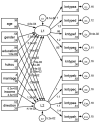
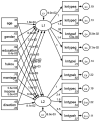
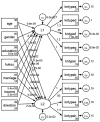
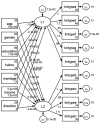

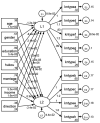
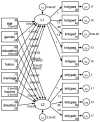
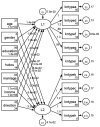
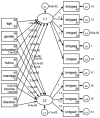
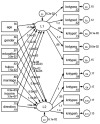
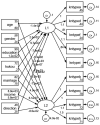
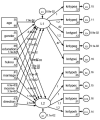

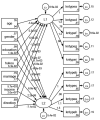


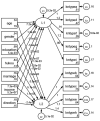
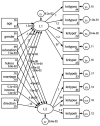
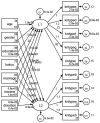
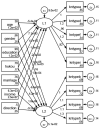
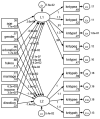
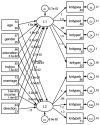

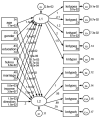
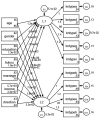
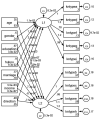
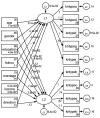
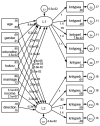


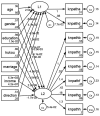

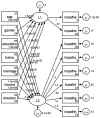
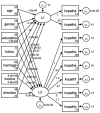
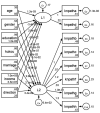
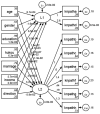
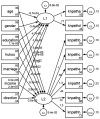
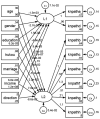
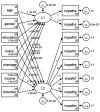
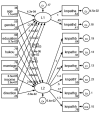
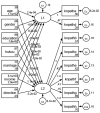
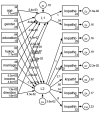
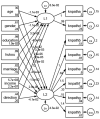
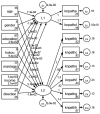
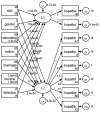
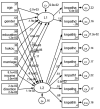
Similar articles
-
The influence of medical insurance on the use of basic public health services for the floating population: the mediating effect of social integration.Int J Equity Health. 2022 Feb 3;21(1):15. doi: 10.1186/s12939-022-01623-6. Int J Equity Health. 2022. PMID: 35114999 Free PMC article.
-
Gap analysis on hospitalized health service utilization in floating population covered by different medical insurances ----- case study from Jiangsu Province, China.Int J Equity Health. 2019 Jun 10;18(1):84. doi: 10.1186/s12939-019-0992-4. Int J Equity Health. 2019. PMID: 31182101 Free PMC article.
-
Does the trans-provincial immediate reimbursement reduce health gap between urban and rural floating population? Evidence from China.BMC Public Health. 2025 May 17;25(1):1826. doi: 10.1186/s12889-025-23027-1. BMC Public Health. 2025. PMID: 40382571 Free PMC article.
-
Health care in China: a rural-urban comparison after the socioeconomic reforms.Bull World Health Organ. 1993;71(6):723-36. Bull World Health Organ. 1993. PMID: 8313490 Free PMC article. Review.
-
The Impact of China's Family Floating Population on the Participation of Medical Insurance in the Inflow Areas.J Multidiscip Healthc. 2024 Mar 4;17:949-957. doi: 10.2147/JMDH.S451303. eCollection 2024. J Multidiscip Healthc. 2024. PMID: 38465326 Free PMC article. Review.
Cited by
-
Prediction models and associated factors on the fertility behaviors of the floating population in China.Front Public Health. 2022 Sep 9;10:977103. doi: 10.3389/fpubh.2022.977103. eCollection 2022. Front Public Health. 2022. PMID: 36187657 Free PMC article.
-
Stunting among kindergarten children in China in the context of COVID-19: A cross-sectional study.Front Pediatr. 2022 Aug 2;10:913722. doi: 10.3389/fped.2022.913722. eCollection 2022. Front Pediatr. 2022. PMID: 35990001 Free PMC article.
-
The Age of Mobility: Can Equalization of Public Health Services Alleviate the Poverty of Migrant Workers?Int J Environ Res Public Health. 2022 Oct 16;19(20):13342. doi: 10.3390/ijerph192013342. Int J Environ Res Public Health. 2022. PMID: 36293922 Free PMC article.
-
The impact of medical service on the return behavior: A city-level study in China.Front Public Health. 2022 Oct 24;10:1009454. doi: 10.3389/fpubh.2022.1009454. eCollection 2022. Front Public Health. 2022. PMID: 36353278 Free PMC article.
-
Disparities in the Outcomes Following Ischemic Stroke Between the Floating Population and Indigenous Population of Shanghai.Front Neurol. 2021 Dec 15;12:774337. doi: 10.3389/fneur.2021.774337. eCollection 2021. Front Neurol. 2021. PMID: 34975731 Free PMC article.
References
-
- Duan JJ, Wang D, Nie J. Analysis of self-rated health status of the floating population in a district of Guangzhou. Nan Fang Yi Ke Da Xue Xue Bao. (2008) 28:998–1000. - PubMed
Publication types
MeSH terms
LinkOut - more resources
Full Text Sources
Medical

